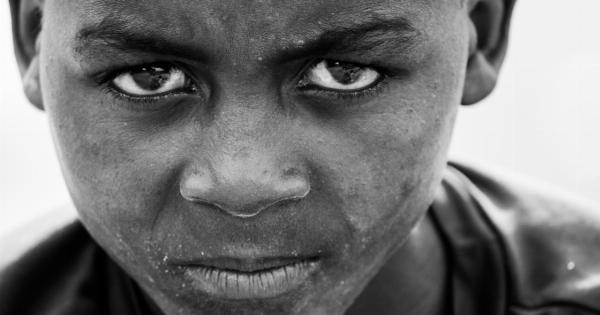Children are the world’s future, and it is imperative that we see the world through their eyes and strive to create a better future for them. One way to do that is by promoting a smoke-free environment.
The Impact of Smoking on Children
Exposure to secondhand smoke is particularly harmful to children, as it can cause many health problems, including asthma, respiratory infections, and sudden infant death syndrome (SIDS).
Moreover, children who grow up around smokers are more likely to become smokers themselves, perpetuating the cycle of addiction and harm.
The Importance of a Smoke-Free Environment
In order to protect children’s health and promote healthy lifestyles, it is crucial to create smoke-free environments. This can be achieved through policies such as smoke-free parks, smoke-free housing, and smoke-free schools.
Smoke-Free Parks
Parks are a common place for families to spend time together, making it important that they are environment-friendly, safe, and clean. Smoke-free parks not only promote healthy living but also model positive behaviours to young children.
Smoke-Free Housing
Studies have shown that smoke-free housing has a positive impact on children’s health.
Children who grow up in smoke-free homes have fewer respiratory illnesses and a lower risk of developing asthma than those who live in homes where smoking is allowed.
Smoke-Free Schools
Smoke-free schools ensure that students are not exposed to harmful secondhand smoke. Schools can also play a role in educating students about the dangers of smoking, helping them to make informed choices and avoid becoming smokers themselves.
The Role of Parents and Caregivers
Parents and caregivers play a significant role in ensuring a smoke-free environment for children. By modelling smoke-free behaviours, they can set positive examples for their children and prevent them from being exposed to secondhand smoke.
The Importance of Providing Support for Smokers
Creating a smoke-free environment is not just about discouraging smoking but encouraging quitting. Smokers who wish to quit should be provided with the necessary support tools and resources to do so.
This includes access to nicotine replacement therapy, support groups, and counselling.
Conclusion
Creating a smoke-free environment is key to promoting healthy living and protecting the future of our children. Parents, caregivers, and policy makers all play a role in ensuring a brighter, tobacco-free future for our communities.




























